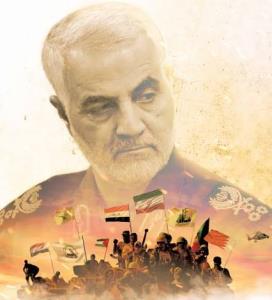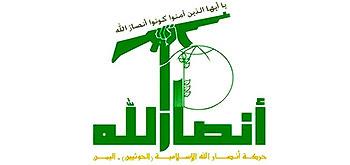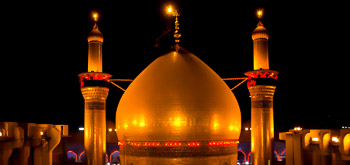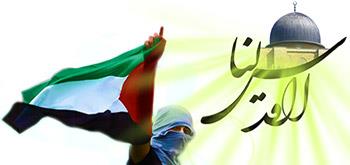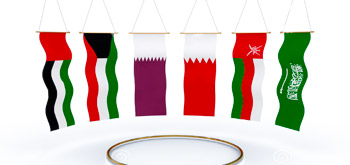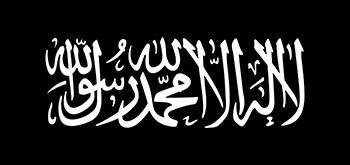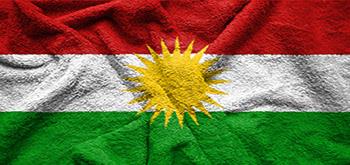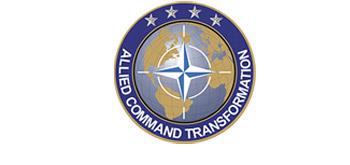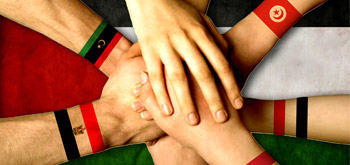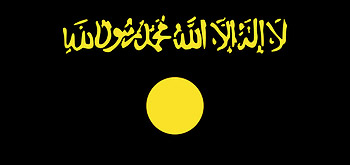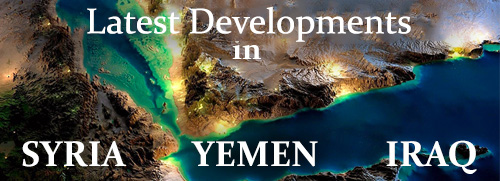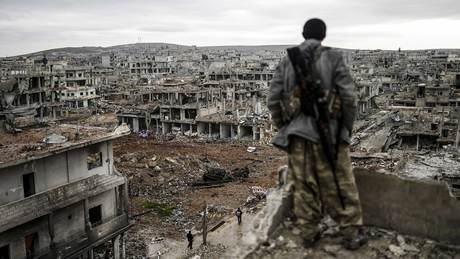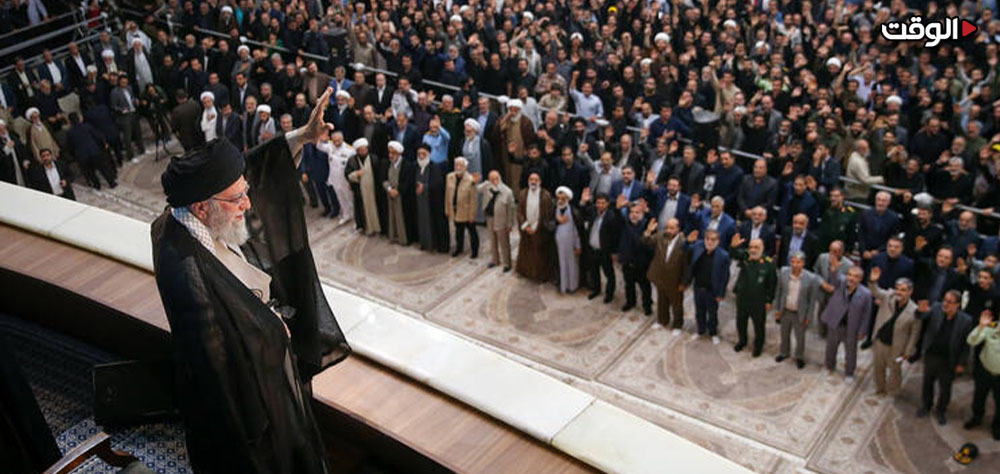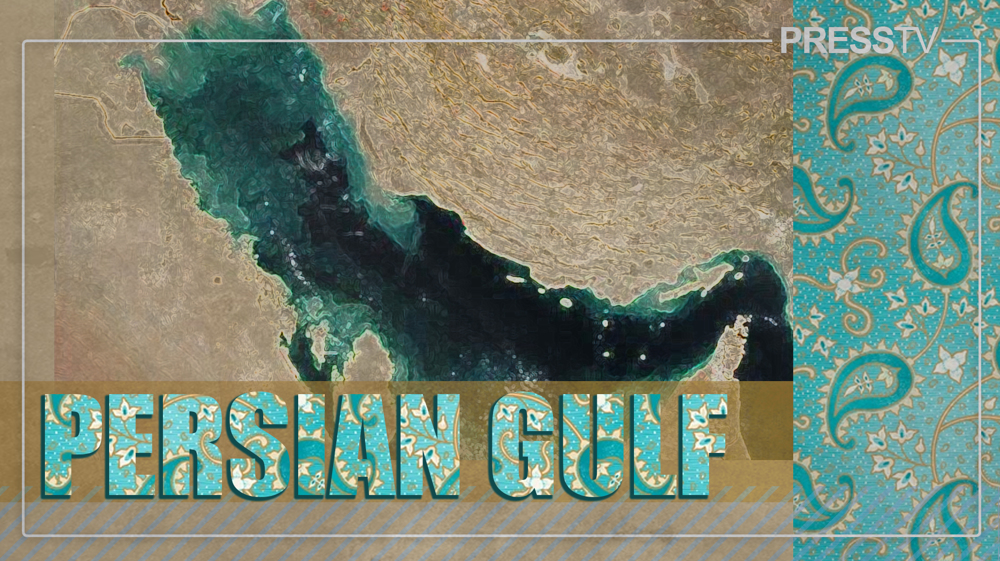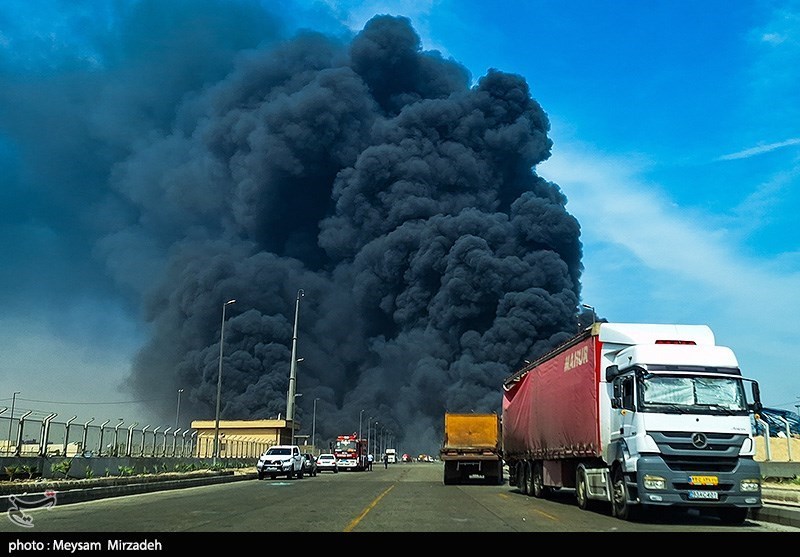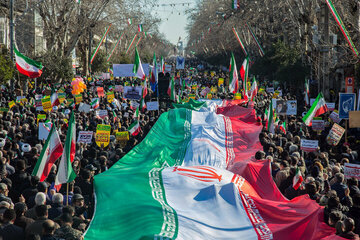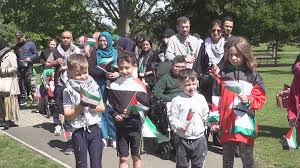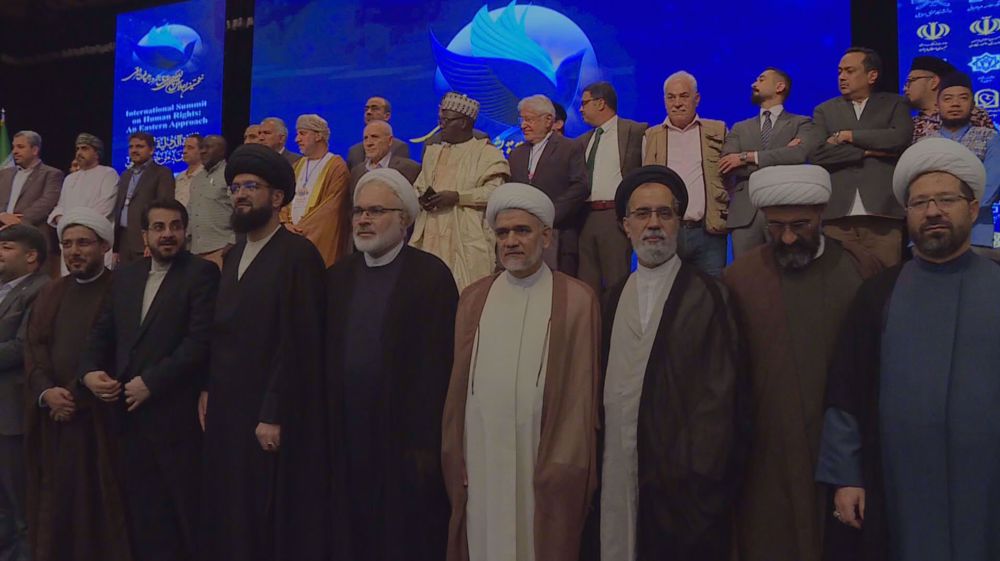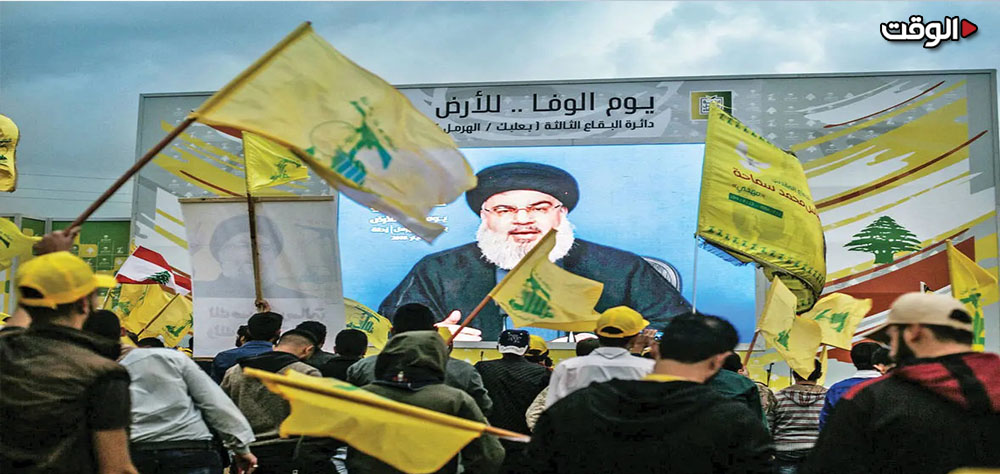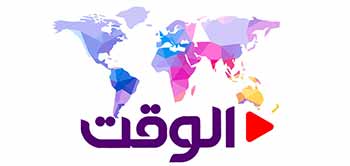Alwaght- After overthrow of government of President Bashar al-Assad and rise to power of terrorist groups in Syria, Western countries and some regional actors promised a stable and economically prosperous future to the Arab country, but now the same backers of the terrorists have sunken Syria in a chaos deeper than before, to the extent that after eight months, the country has not seen peace and stability. Beside the internal clashes, constant Israeli attacks on infrastructure have made Syria a theater for insecurity, chaos, and crisis.
Although Israeli attacks are being justified under humanitarian reasons like support to the Druze minority, but their main goal is destroying the infrastructure, sowing division, and getting a foothold on the Syrian soil, and these goals have been pursued more evidently than before in recent days.
This aggression bears witness to a well-calculated strategy to weaken the rule in Syria and build unchallenged force to counter the resistance forces across the region. The excuse of supporting the Druze is mainly aimed at media consumption and legitimizing the aggression for the Western public opinion to cover up the true motivations for these attacks. This situation suggests that weakening of a country’s defense and national unity will make it an open and defenseless scene for occupation and aggression.
Here we raise a question: How can Syria experience set off the alarm bells to Iraq and Lebanon to deal vigilantly in terms of security and politics with the Israeli regime to avoid enemy traps?
After Syria, it is Lebanon and Iraq turn
With the loss of the stronghold of Resistance camp in Syria, it is now the turn of Lebanon and Iraq—two countries that are known as the main obstacles to the expansionism of the Israeli regime due to their effective resistance groups such as Hezbollah and the Popular Mobilization Forces (PMF).
The diplomatic, media and economic pressures from the West have already been launched with the aim of weakening or eliminating these groups. Claims such as the need to “strengthen state sovereignty” or “monopoly on weapons” all seem desirable on the surface, but in practice they mean disarming the popular forces that have been the main obstacle to the Israeli project on the battlefield.
In Lebanon, Hezbollah, with its history of resisting the Israeli occupation in 2000 and 2006 wars, is known as the main deterrent against Israeli aggression. In its 40 years of life, Hezbollah has not only confronted Tel Aviv, but has also played a key role in maintaining the balance of power within Lebanon and preventing new aggressions. For this reason, calls for Hezbollah’s disarmament are not made with the aim of strengthening the Lebanese government and army, but rather to pave the way for Israel’s domination of southern Lebanon.
In Iraq, the PMF are the main players in Iraq’s political and security structure. They not only succeeded in fighting the ISIS terrorist group, but also, by using their broad social base and the support of Shiite political movements, they managed to build a stable position in the Iraqi security structure, and their affiliated groups have been influential in parliamentary elections and the process of forming governments. Relying on religious legitimacy, popular support, and ideological cohesion, the PMF have become one of the most important deterrents against foreign influence and interference, especially the hegemonic policies of the US.
Therefore, the PMF are not simply a military force, but are part of Iraq’s defense and national strategy, which play a key role in maintaining stability, confronting foreign threats, and supporting the country’s political independence process.
The reality is that disarmament of the resistance forces in Iraq and Lebanon not only does not produce stability, but on the contrary risks further instability and partition of the two countries. In a country facing ethnic-sectarian variety, fragile political structure, and foreign interference, elimination of the PMF can facilitate civil war and split.
In Lebanon in the state of economic crisis and public discontent, Hezbollah disarming can upset the balance of power and create security vacuum while the country is facing foreign threats, especially from the Israeli regime. In Syria, weakness of government and destruction of defense infrastructure that have facilitated constant Israeli aggression have lessons for Lebanon and Iraq.
Implementing “new Middle East” project
The long-term goals of the Israeli regime in these military and diplomatic moves should be analyzed in the context of strategic projects such as the “new Middle East” or the famous “From the Nile to the Euphrates” plan. In these plans, West Asia is depicted as a fragmented region in which the Israeli regime, as the central and dominant power, exploits the power vacuum in weakened countries.
Under this scenario, the elimination of the resistance forces in Lebanon and Iraq creates a power vacuum that paves the way for the disintegration of these countries, or at least for the gradual domination of the Israeli regime and its allies.
If Iraq and Lebanon are destroyed or disintegrated through eliminating the resistance forces, then the Israeli regime can use security and military means to expand its influence and achieve its regional dominance. Therefore, what happened in Syria today could be repeated in Iraq and Lebanon tomorrow if the warnings are not taken seriously.
The governments of Lebanon and Iraq, which are currently under heavy pressure from Washington to disarm resistance groups, and at the same time there are rumors of a move towards normalizing relations with the Israeli regime, must consider a strategic reality that in the absence of resistance groups, these countries will be practically defenseless, and they have the bitter experience of Syria ahead of them, a country that with the weakening of defense infrastructure and the destruction of resistance groups has become defenseless against repeated Israeli hostilities.
If the Lebanese and Iraqi officials, under the illusion of security guarantees from the West or in return for empty economic promises, agree to disarm resistance forces, they will in fact destroy their defensive shield and make their countries defenseless against Tel Aviv violations.
This scenario was implemented in Syria where the US and Israel with promises of sanctions relief and economic prosperity established the rule of Abu Mohammad al-Jolani as an alternative to a pro-resistance government, but the outcome was nothing but eight months of continuous attacks on the infrastructures across the country as in the absence of a popular force Israel sees no true obstacle to its aggression.
Conclusion
Syria’s experience has shown that when a nation is weakened, it becomes vulnerable to aggression, occupation, and even the redrawing of its borders. Now, this warning rings even truer for Iraq and Lebanon: if resistance groups are disarmed, they risk not only their security but also open the door to foreign occupation and potential partition. Today, resistance remains the only way to safeguard the independence, dignity, and future of the region’s nations. Any retreat, whether through normalization or disarmament, would be a dangerous and irreversible mistake.

